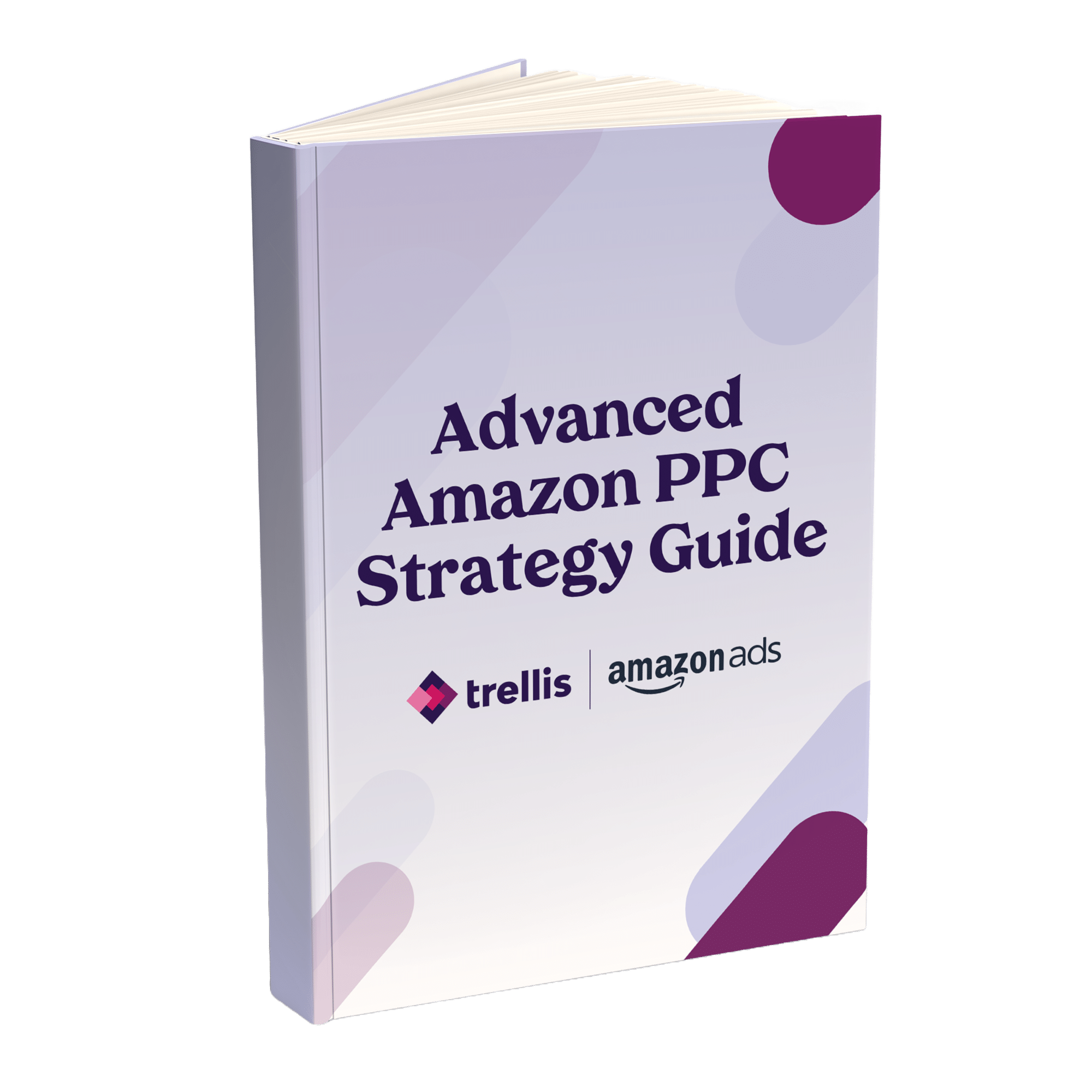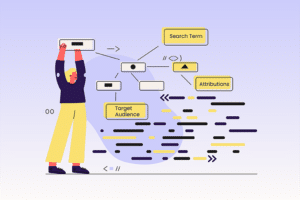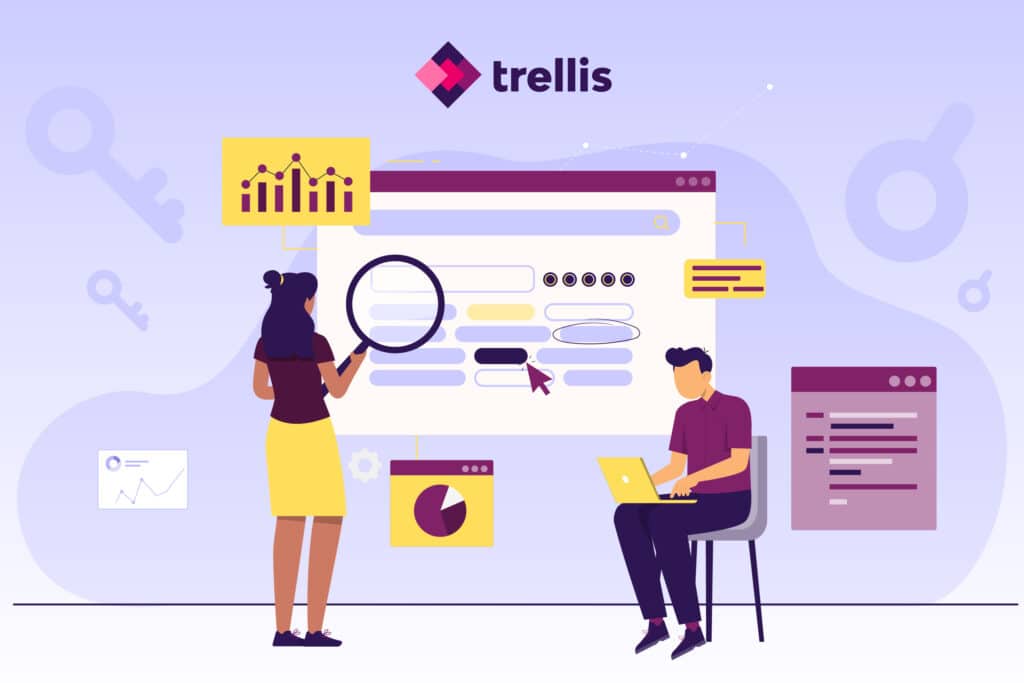In today's hyper‑competitive digital advertising world, keyword harvesting is the secret weapon marketers leverage to refine their campaigns and capture high‑intent traffic. It’s the strategic process of collecting high-performing search terms and strategically deploying them in your ads—maximizing ROI and minimizing wasted ad spend.
There are two pillars to keyword harvesting:
- Positive harvesting: Identifying and promoting well‑performing search terms.
- Negative harvesting (negating): Blocking irrelevant search terms to optimize spend.
In this guide, we dive into the full keyword harvesting workflow, from frequency of harvesting to best practices in negation, as well as how you can automate these strategies for scaling PPC campaigns on Amazon, Walmart, or your broader marketing efforts.
What is Keyword Harvesting?
Keyword harvesting (aka “search term harvesting” or “keyword mining”) is the practice of collecting relevant and high-performing keywords from ad performance data. With Amazon PPC, these keywords often come from your auto-targeting campaigns. Once “harvested”, they’re moved to other campaigns with more user control.
Why It Matters
- Budget Efficiency: Increases ROI by focusing spend on conversions.
- Bid Optimization: Gives insight for custom bid adjustments based on real performance.
- Targeted Traffic: Drives high-intent prospects with focused keywords.
- Account Structure Clarity: Separates top-performers into dedicated campaigns for scale.
Increase Amazon Sales By 30%
Our Advanced Amazon PPC Guide is everything you need to take your Amazon profits to the next level.

The Step‑by‑Step Keyword Harvesting Workflow
Now, we’ve said this before and will say it a million times more: All businesses are different. If this workflow doesn’t work for your existing processes, adjust it. Find a repeatable process that works for you and your business.
- Choose the Right Campaigns: Advertisers generally start with auto campaigns for harvesting new keywords. However, you can also find valuable terms in broad or phrase match campaigns.
- Pull Search Term Reports: Generate a 30-day "Sponsored Products Search Term Report" for each campaign.
- Filter for Performance: This is really where the process may differ for brands. The metrics will be dependent on the destination of the keywords (AKA the campaigns) and the goals you’re looking to achieve. You may start looking where “sales > 0” or “ACoS below” a certain percentage. These filters will also evolve over time with the maturation of both your team and the campaigns.
- Segment Results: You’ll most likely have three segments - high-performing (move to manual campaigns); mid-performing (need more data and time so leave as-is); and low-performing (potential negation).
- Implement Your Keywords: Whether you’re negating or adding well-performing keywords to new or existing campaigns, you need to act on them once the research is done. Depending on the source, these may be implemented at the exact match or even phrase match level, if you’re looking for even more data.
- Monitor & Repeat: As with all ad campaigns, keywords will still need to be monitored. You’ll want to check bid efficiency, if terms are driving sales, etc. Generally, this is a weekly or bi-weekly activity. With more mature products, campaigns, or keywords, this can happen with decreased frequency.
How Often Should You Harvest & Negate?
The answer varies (of course) depending on the maturation of the campaign as well as one’s experience with advertising.
- New campaigns (≤ 30 days): Weekly harvesting and negation.
- Maturing campaigns (30-90 days): Bi‑weekly to monthly frequency.
- Seasoned campaigns (> 90 days): Monthly to quarterly review.
Automating with Tools for Increased Efficiency
There are a ton of Amazon PPC tools that can help with automating these more mundane tasks. Finding a partner (like Trellis) that can automatically harvest terms based on rules you set for your brand can be a tremendous time-saver for you and your team.
Harvesting Impact on KPIs
At its core, the goal of harvesting is to use naturally-occurring shopper behavior (AKA search terms) to improve conversion rates in advertising campaigns. From there, you have more efficient ad spend and enough knowledge to drive more sales.
As a result, there are a few key metrics to monitor to see if your efforts are paying off:
- CTR: Has your CTR increased? The removal of less-than-relevant search terms means higher-intent shoppers are seeing your ads.
- Conversion Rate: Did your conversion rate increase? You’re more targeted with your key terms, which means your shoppers are more likely to purchase.
- ACoS: Is your ACoS on the way down? With irrelevant search terms out of your targets, you’re no longer wasting ad spend on keywords that won’t convert.
Improve Ad Campaigns with Trellis Harvesting
Auto-harvesting from Trellis is the secret weapon you never knew you needed. Save time from all these manual tasks and run more efficient campaigns! With the flexibility to set rules you deem important, you can let Trellis’ software work for you.
Book a demo to see the platform and all that harvesting has to offer!












